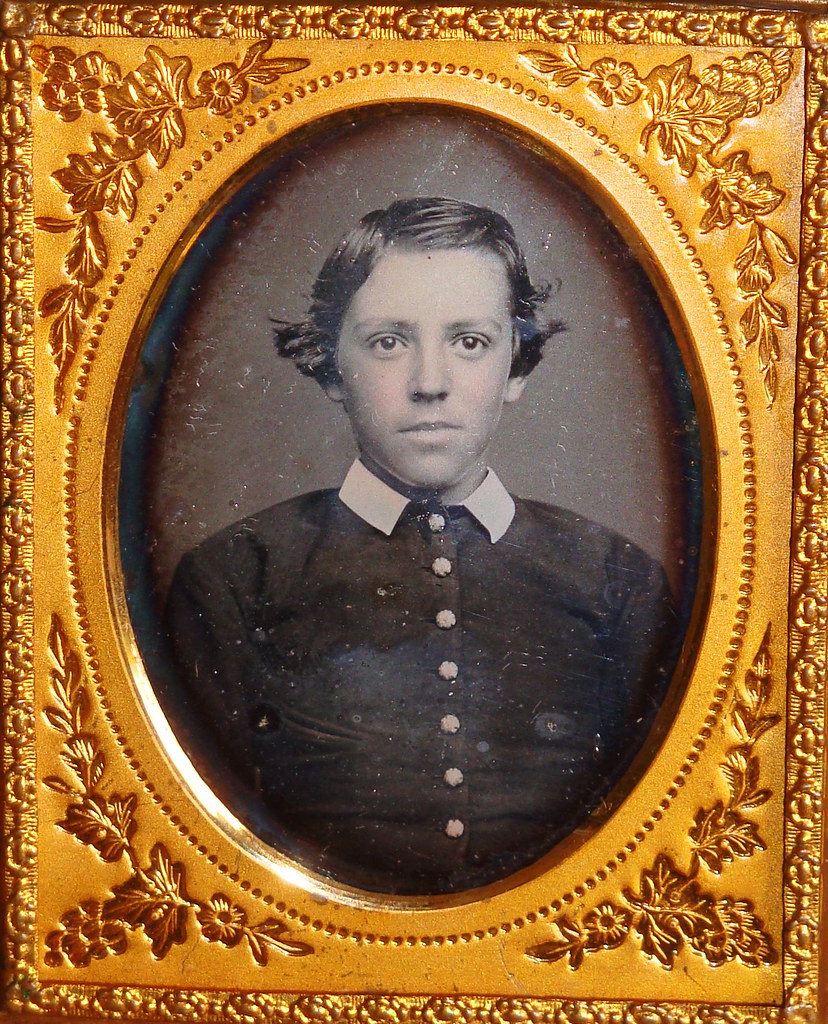“A respectable and well-known Officer”
For Thomas Seward, his military service in the Continental artillery, rising from lieutenant to brevet major over eight years, remained an important part of his identity after the war.
Seward was an original member of the Massachusetts Society of the Cincinnati and served on its standing committee in the 1790s.
Like a lot of networked Continental Army officers, he eventually accepted a job in the federal government, becoming an officer of the United States Customs in Boston in 1796.
When Alexander Hamilton was vetting officers for the “Quasi-War” with France in 1798, Henry Knox apparently told him that Seward was “advanced in years & corpulent,” and would be best as a “Garrison Capt” rather than in the field, but there were “few better Officers.”
Thomas Seward’s namesake son, a merchant captain, married in 1799. The following year, the major’s wife, Sarah, died in March.
On 28 Nov 1800 the Massachusetts Mercury reported in its Deaths section:
Seward died without a will, so probate judge George R. Minot appointed his late wife’s sister Abigail Brett to work out the estate. The inventory she filed shows that Seward owned many artifacts of gentility: a silver watch, a Bible and seventeen other books, an angling rod, two canaries in a cage, a $35 desk, $100 worth of wearing apparel. The house contained twenty pictures of various sizes, including two of “Bounaparte & Lady”—reflecting early Republican admiration for France.
That inventory also confirms that Seward owned a pew in the Rev. John Murray’s Universalist meetinghouse. At some point he had moved from an orthodox Congregationalist meeting to this liberal new sect. Among other converts to Universalism was Col. Richard Gridley, the artillery officer Seward had served under back in 1775.
TOMORROW: Why we remember Thomas Seward.
Seward was an original member of the Massachusetts Society of the Cincinnati and served on its standing committee in the 1790s.
Like a lot of networked Continental Army officers, he eventually accepted a job in the federal government, becoming an officer of the United States Customs in Boston in 1796.
When Alexander Hamilton was vetting officers for the “Quasi-War” with France in 1798, Henry Knox apparently told him that Seward was “advanced in years & corpulent,” and would be best as a “Garrison Capt” rather than in the field, but there were “few better Officers.”
Thomas Seward’s namesake son, a merchant captain, married in 1799. The following year, the major’s wife, Sarah, died in March.
On 28 Nov 1800 the Massachusetts Mercury reported in its Deaths section:
Yesterday, Major Thomas Steward, aged 60. A respectable and well-known Officer in the revolutionary army of the United States. His funeral will be from his late dwelling at the bottom of Middle-street, near Winnisimet-Ferry, this afternoon, which his relations and friends are requested to attended, without further invitation.The next day’s Jeffersonian Constitutional Telegraph repeated the sentence describing Seward as a “respectable and well-known Officer” and added a new line: “A firm and determined Republican.” The major had taken sides in the nation’s political divide.
[pointing hand] The Members of the Cincinnati are respectfully requested to attend the funeral.
Seward died without a will, so probate judge George R. Minot appointed his late wife’s sister Abigail Brett to work out the estate. The inventory she filed shows that Seward owned many artifacts of gentility: a silver watch, a Bible and seventeen other books, an angling rod, two canaries in a cage, a $35 desk, $100 worth of wearing apparel. The house contained twenty pictures of various sizes, including two of “Bounaparte & Lady”—reflecting early Republican admiration for France.
That inventory also confirms that Seward owned a pew in the Rev. John Murray’s Universalist meetinghouse. At some point he had moved from an orthodox Congregationalist meeting to this liberal new sect. Among other converts to Universalism was Col. Richard Gridley, the artillery officer Seward had served under back in 1775.
TOMORROW: Why we remember Thomas Seward.



